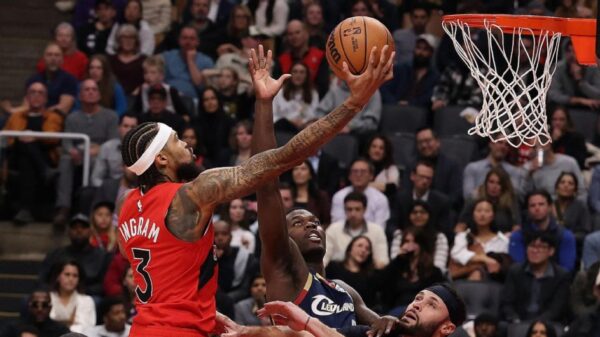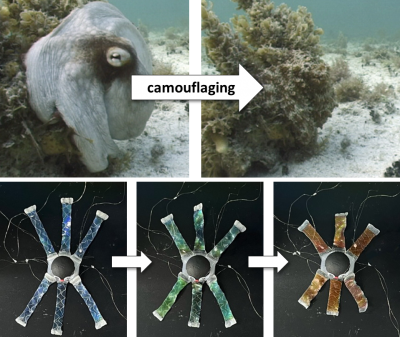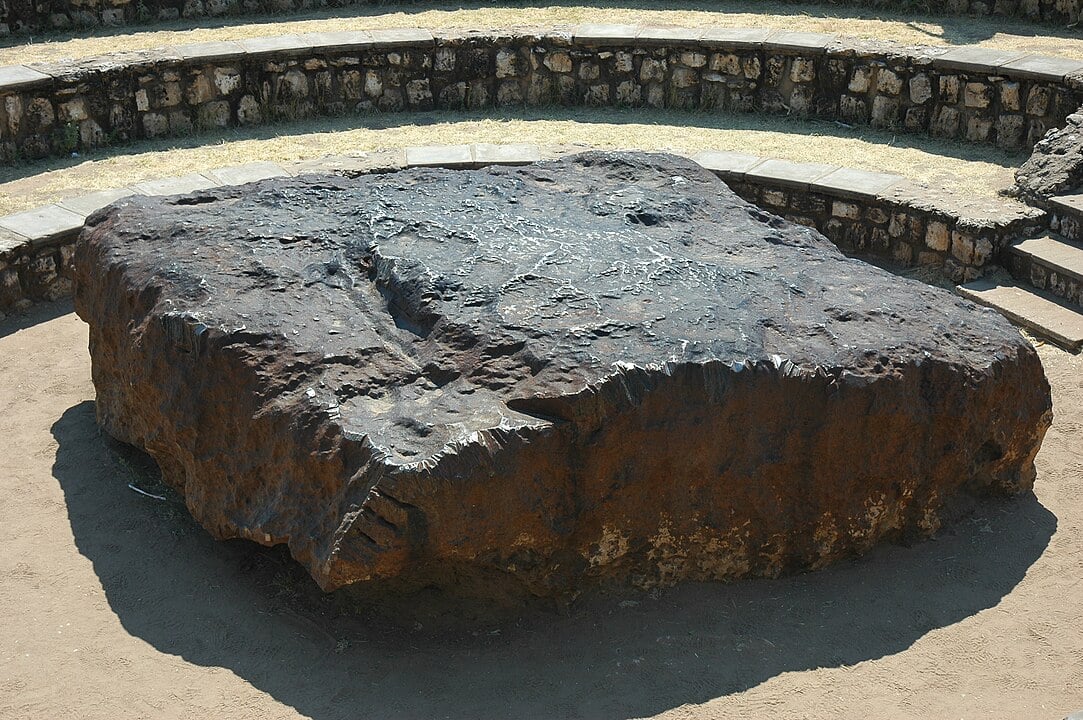Tiny spheres found within meteorites have provided scientists with critical insights into the formation of Jupiter, one of the largest planets in our Solar System. A collaborative study by researchers from Nagoya University in Japan and the Italian National Institute for Astrophysics has revealed that these ancient molten rock droplets, known as chondrules, formed during the planet’s tumultuous birth approximately 4.5 billion years ago. The findings, published in the journal Scientific Reports, indicate that Jupiter reached its massive size just 1.8 million years after the Solar System began to form.
The research sheds light on the chaotic conditions present in the early Solar System, where numerous rocky and icy bodies, referred to as planetesimals, orbited the young Sun. As Jupiter grew rapidly, its immense gravitational force disrupted these smaller bodies, causing them to collide at extraordinary speeds. These collisions were so intense that they melted the rocks on impact, creating the spherical chondrules that have intrigued scientists for decades.
A significant breakthrough in understanding the formation of these droplets came from recognizing the role of water. When water-rich planetesimals collided, the intense pressure and heat caused the water to explosively transform into steam. This phenomenon acted akin to microscopic bombs, shattering the molten rock into perfectly round droplets that cooled in the vacuum of space. This cooling preserved their unique spherical shape as they became incorporated into asteroids.
For years, researchers struggled to explain the specific characteristics of chondrules, including their round shapes and cooling rates. Previous theories necessitated highly specific and unlikely conditions. The new model developed by the researchers demonstrates that chondrule formation occurred naturally during Jupiter’s rapid growth phase, particularly when the planet was accumulating gas from the surrounding nebula.
The team utilized advanced computer simulations to track Jupiter’s growth and model the high-speed collisions of planetesimals instigated by the planet’s gravity. Remarkably, when they compared their simulated chondrules to actual meteorite samples, the results showed a striking match. The simulation produced droplets that mirrored the sizes, cooling rates, and other characteristics found in real meteorites.
This discovery marks a pivotal advancement in planetary science, providing a reliable method for dating the formation of planets. The model indicates that chondrule production coincided with Jupiter’s intense accumulation of nebular gas, which allowed the giant planet to achieve its massive size. Data from meteorites suggest that peak chondrule formation occurred 1.8 million years after the Solar System’s inception, thus pinpointing the exact timeframe of Jupiter’s birth.
The implications of this research extend beyond our Solar System. Chondrules of varying ages found in meteorites indicate that other gas giants, such as Saturn, may have triggered similar violent processes during their formation. By examining chondrules from different ages, scientists can now trace the chronological order of planet formation, leading to a better understanding of how our Solar System evolved.
Additionally, this research provides valuable insights into planetary formation around other stars. The violent collisions responsible for creating chondrules likely occur in other planetary systems as giant planets form, suggesting similar processes may shape solar systems across the galaxy.
What stands out in this groundbreaking discovery is the connection between these microscopic spheres in meteorites and one of the most significant events in our Solar System’s history. These “molten rock raindrops,” which have endured billions of years of cosmic travel, have finally unveiled their secret: they serve as a tangible record of Jupiter’s birth, preserved in stone for scientific exploration.





































































